Search
Remove Ads
Advertisement
Summary 
Loading AI-generated summary based on World History Encyclopedia articles ...
Search Results
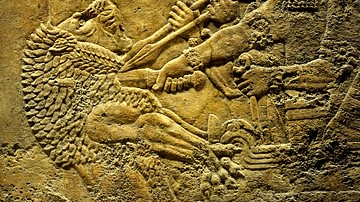
Definition
Assyria
Assyria was the region located in the ancient Near East which, under the Neo-Assyrian Empire, reached from Mesopotamia (modern-day Iraq) through Asia Minor (modern Turkey) and down through Egypt. The empire began modestly at the city of Ashur...
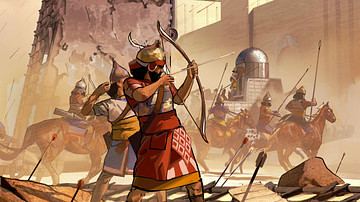
Definition
Assyrian Warfare
Assyria began as a small trading community centered at the ancient city of Ashur and grew to become the greatest empire in the ancient world prior to the conquests of Alexander the Great and, after him, the Roman Empire. While the Assyrians'...
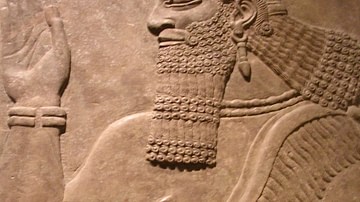
Definition
Neo-Assyrian Empire
The Neo-Assyrian Empire (912-612 BCE) was the final stage of the Assyrian Empire, stretching throughout Mesopotamia, the Levant, Egypt, Anatolia, and into parts of Persia and Arabia. Beginning with the reign of Adad Nirari II (912-891 BCE...
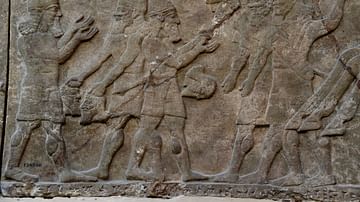
Article
Wall Reliefs: Ashurnasirpal II's War Scenes at the British Museum
The Mighty King 600 of their warriors I put to the sword and decapitated; 400 I took alive; 3,000 captives I brought forth; I took possession of the city for myself: the living soldiers, and heads to the city of Amidi the royal city, I sent...

Image
Alabaster Relief of an Assyrian Royal Attendant
Alabaster work relief of an Assyrian royal attendant, from the northwest palace of Ashurnasirpal II. Reign of Ashurnasirpal II, 883-859 BCE, Nimrud (ancient Kalhu), Mesopotamia. (The Burrell Collection, Glasgow).

Definition
Commission for Relief in Belgium
The Commission for Relief in Belgium (CRB) was an independent, international organization, sponsored by neutral governments and with the guarantees and assurances of the belligerents to alleviate the suffering of German-occupied Belgium in...
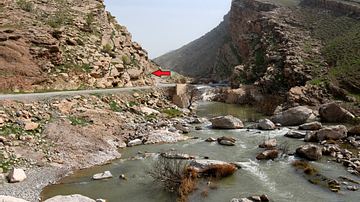
Article
The Lullubian Rock Relief of Darband-i Basara
History doesn't repeat itself, but it does rhyme. (Mark Twain) Darband-i Basara (the Pass of Basara) is a narrow natural gorge which transects the anticlines of the upper part of the Qaradagh Mountain Range. The elevation is about 605 meters...

Article
Wall Reliefs: Apkallus of the North-West Palace at Nimrud
Religion is the sigh of the oppressed creature, the heart of a heartless world, and the soul of soulless conditions. It is the opium of the people. (Karl Marx, Critique of Hegel's Philosophy of Right). When it comes to religion, many people...
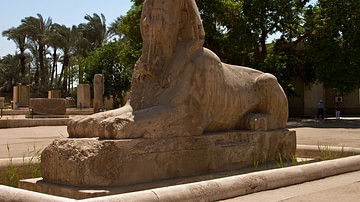
Image
Alabaster Sphinx in Memphis
Alabaster sphinx in Memphis, Egypt.

Definition
Sargonid Dynasty
The Sargonid Dynasty was the last ruling house of the Neo-Assyrian Empire from 722-612 BCE, beginning with the reign of Sargon II and ending with fall of the Neo-Assyrian Empire. Some of the most famous kings in the history of Assyria come...